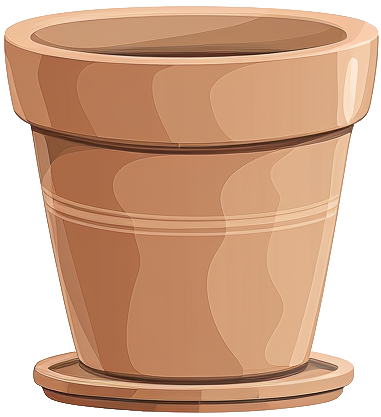- drosera
- filiformis

drosera
filiformis
filiformis
Care level
Medium
Popularity
Niche
The tall, thread-like leaves of this carnivorous beauty wave gracefully in the breeze like delicate strands of hair, each one covered in glistening dewdrops that trap unsuspecting insects. Unlike its shorter cousins, it can grow impressively long leaves up to 15 inches tall, creating a mesmerizing display when the morning sun catches its sticky tentacles.
Care & maintenance
Light
Light that enters through west or south-facing windows, the most intense light for your interior that will expose plants directly to sunlight.
Temperature
Wide range (41°F - 86°F)
Fertilization frequency
Low
Once per season.
Soil
Choose a Carnivorous plant mix: A nutrient-poor, acidic mix that mimics bog conditions. Provides excellent moisture retention while maintaining necessary aeration for sensitive roots.
If you want to create your own substrate, you can make a mixture of the following soils:




Click on the soil name for more information.
Pot

Standard size
Prefer a pot with a classic width/depth ratio.
Incorrect or incomplete information?
In our goal of building the best plant database, we sometimes make mistakes or have incomplete information. You can help us fill these gaps!
Features
Size & growth
Small
Upright
Moderate growth
This plant grows at a moderate rate. It can reach up to 12 inches in height or spread.
It grows upwards without support.
Toxicity
| Cat | |||
|---|---|---|---|
| Dog | |||
| Human |
Reproduction & propagation
Fruits & flowers
Flowering & not self-pollinating
The drosera filiformis can produce flowers and therefore fruits.
This plant is not capable of self-pollination, it will not be able to produce fruits if it is not pollinated by another individual.

